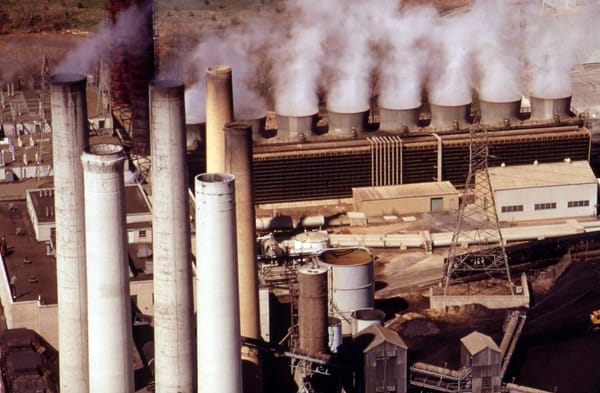Replacing coal plants with nuclear plants is an appealing path to decarbonization. It cleans up the electricity sector without gobbling up the land required for renewable sources like solar and wind. It also replaces a reliable power source with an even more reliable one. And because workers can be retrained to work in nuclear plants, it avoids depriving communities around coal plants of jobs and revenue. Ontario has done it. The US Department of Energy is looking into it. The nuclear reactor design and development company TerraPower is attempting it. Nuclear advocates and some environmentalists support it.
But by all indications, this transition won’t happen in the United States—to the detriment of coal communities, the nuclear-energy industry, and the American electrical grid. The simplest reason it won’t happen is that our coal plants will die out too fast. The Environmental Protection Agency is seeing to that with its latest batch of rules on power plants emissions. According to new draft rules announced last week, coal units forecasted to survive until 2040 must start capturing 90 percent of their carbon by 2030. But utilities can dodge the requirements with one simple trick: shutting off their coal plants by 2032 (or 2035, if they only run them every now and again).
Because coal plants likely won’t be able to afford carbon-capture systems—they would divert a quarter of their energy output, and we lack the pipeline infrastructure to move the gas capture would create—the hope among environmentalists is that the new EPA rules will work like a Trojan horse, hiding the energy transition within the container of emission regulations. As energy writers Emily Pontecorvo and Robinson Meyers note, “some environmentalists will admit—although not on the record—that they like the rules for this reason.”
Coal-plant retirements were already expected to ramp up by the end of the decade, and the new rules are sure to hasten this process. S&P Global predicts about 60 gigawatts of coal will retire by the end of the decade. That’s enough coal to power 5.7 million households. The Energy Information Administration expects a third of the coal fleet to retire by 2035.
